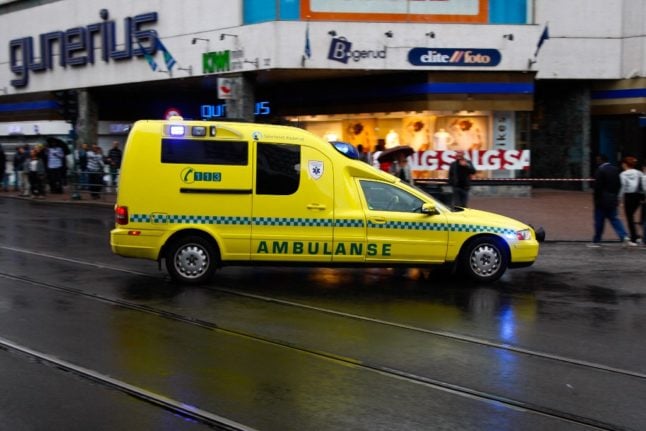HOSPITAL
Furious Frenchwoman forced to fly to US to get new hands
A French amputee has hit out at her country's health system claiming she was forced to get a double hand transplant on the other side of the Atlantic - even though France was the first country in the world to do a hand transplant.
Published: 7 October 2016 10:05 CEST

Photo: AFP
A Frenchwoman called Laura was 19 years old when a sepsis infection left her with no choice but to have her hands amputated below the elbow.
Now aged 28, the woman has told how this summer she decided to get two new hands in an operation in the US rather than wait around for France to help, reported Le Figaro newspaper.
“In France we have the medical means to do this kind of surgery. It's heartbreaking, it's maddening, it's outrageous,” she told the paper.
And she's right. France is a pioneer in the field of hand transplants, and was actually the first country in the world to carry out a successful hand transplant, which took place at a Lyon hospital in 1998.
But the operation today is a costly one filled with administrative hurdles.
Laura reportedly spent two years on the waiting list in France after going through all the administrative mazes, only to hear nothing from the hospitals.
Her doctor in France said that to make matters worse, nurses hadn't even been told that they should be asking the families of the deceased whether they'd give the green light to donate the hands of their dead relatives.
Eventually, the Frenchwoman was told that she had been removed from the waiting list.
Deterred but still determined, she contacted a leading doctor in Philadelphia to ask for his help.
By late June this year she was on the waiting list, and she got a call in late August to say there was a set of hands waiting for her.
Within a matter of days she was undergoing a mammoth surgery effort – that involved 40 medical workers and took eight hours – and the Frenchwoman was able to leave the hospital last week with two new hands.
By the end of this month, she will return to Paris to carry out the rest of her rehabilitation on home soil.
The story has proved inspirational for at least one other amputee in France, who has added herself to the same waiting list in the United States.
“It's a shame to be massacred in a French hospital and then have to head to the US to get put back together,” the second amputee told Le Figaro.
Url copied to clipboard!


 Please whitelist us to continue reading.
Please whitelist us to continue reading.
Member comments